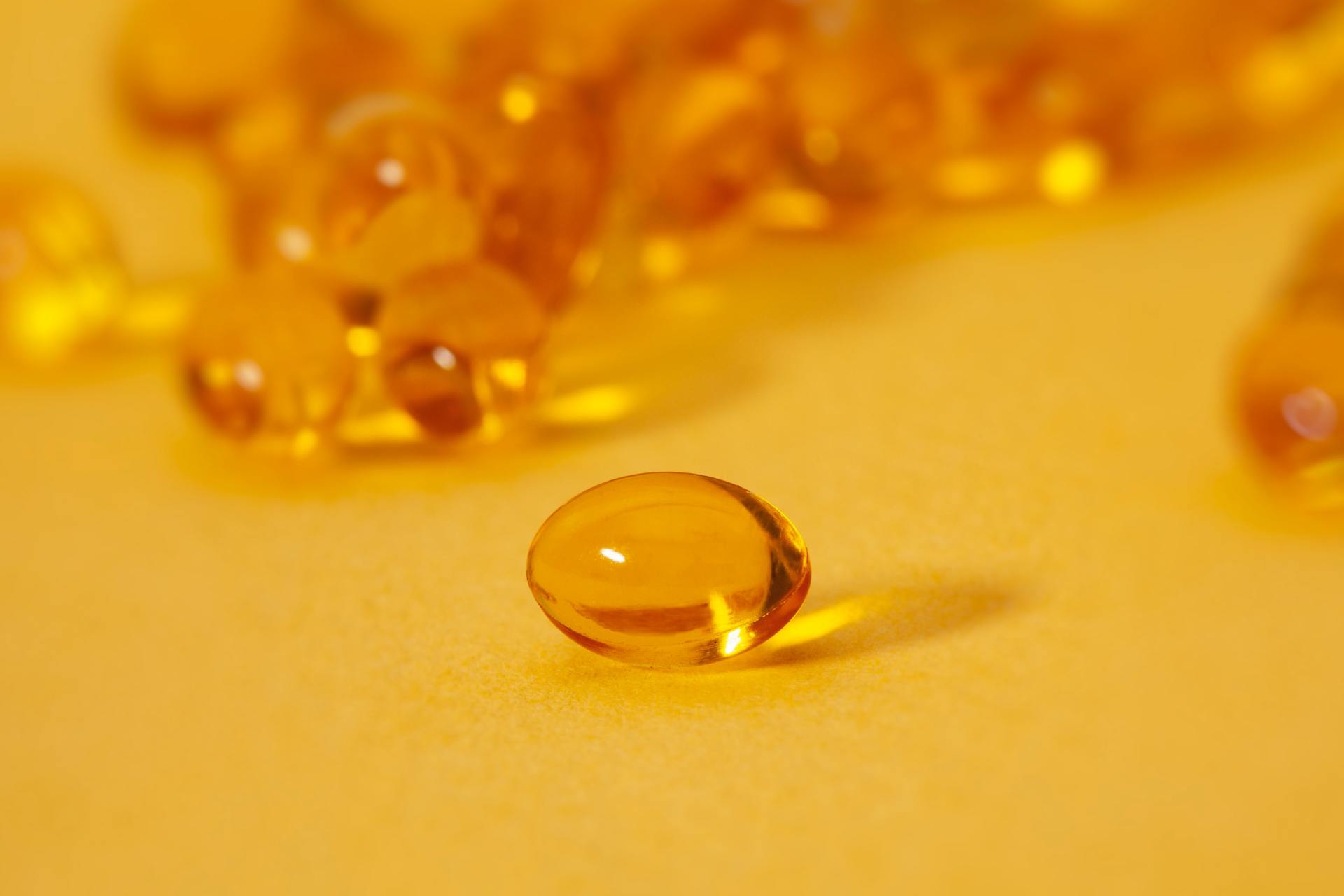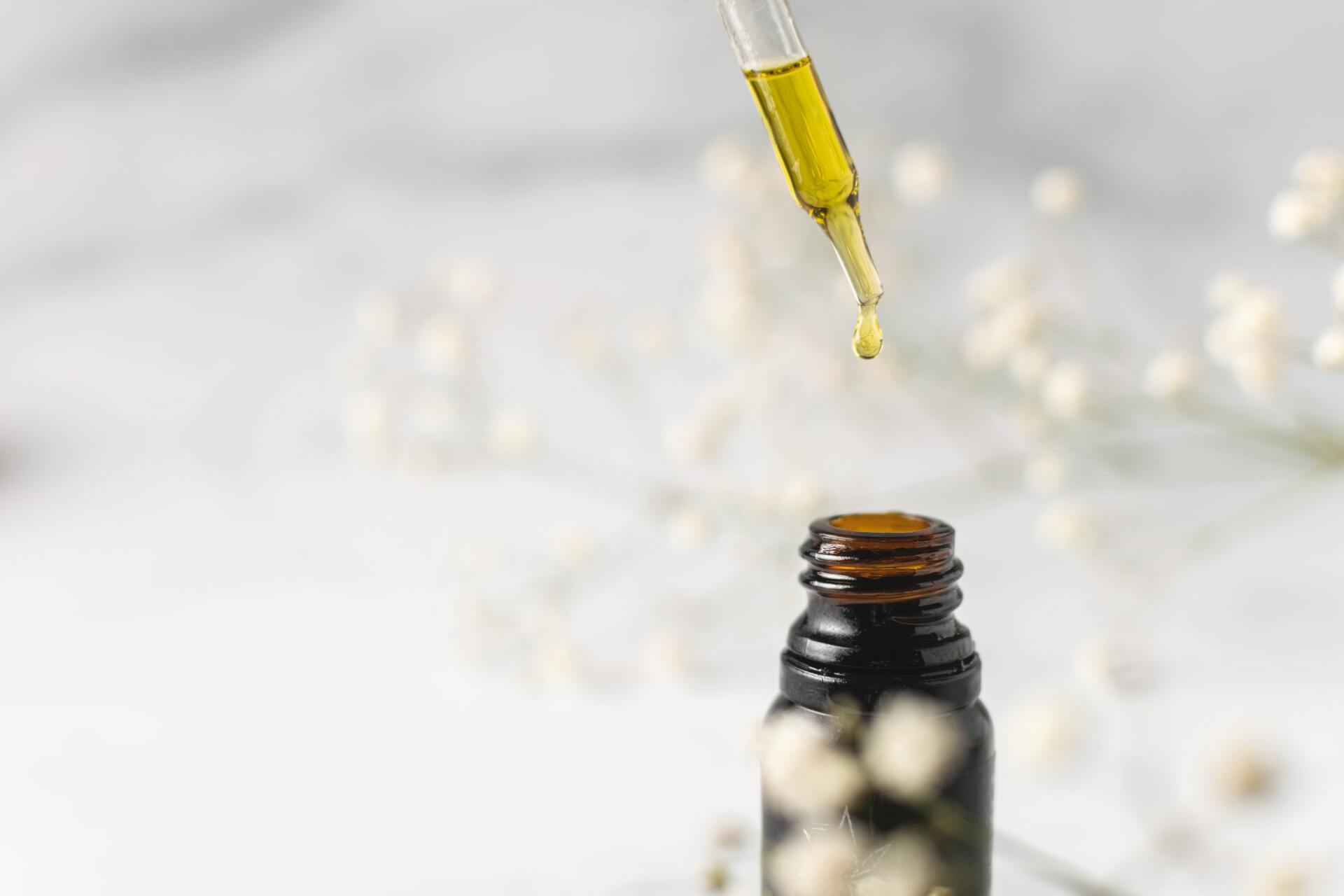MEDICAL CANNABIS
What is medical
CANNABIS?
In the simplest words, medical cannabis is the use of the cannabis Sativa or cannabis Indica plants and their active compounds to treat chronic conditions and pain.
Cannabis plants have more than 100 different chemicals called cannabinoids. Each of these cannabinoids have a unique effect on our bodies.
In medical cannabis tetrahydrocannabinol (THC) and cannabidiol (CBD) are the main cannabinoids used. To learn more about cannabinoids click here.
A brief history of cannabis as a medicine.
6000 B.C.
Cannabis seeds are first cultivated in China.
4000 B.C.
Hemp is used in the production of textiles in China.
3000 B.C.
Evidence of the first recorded use of cannabis as a medicine in Chinese herbology.
500 B.C.
Cannabis is introduced to Europe. Ancient Greeks used cannabis for human and veterinary medicine.
1830's
William Brooke O'Shaughnessy introduces the therapeutic use of cannabis to Western medicine.
1920s - 1930s
Restrictions are placed on the use of marijuana. The plant becomes illegal in China and the USA.
1975
A "compassionate use" program is introduced in the USA. Interest in medical cannabis is renewed due to use by cancer and AIDS patients.
2001
Canada becomes the first country in the world to establish a system regulating the use of medical cannabis.
legalization of medical cannabis in canada
In 2001, Canada became the first country in the world to introduce a system regulating the use of medical cannabis. Since that time, the regulatory systems have been reworked and replaced multiple times. Here is a brief timeline of the previous and current policies:
-
Federal Marijuana Medical Access Regulations (MMAR) - 2001
In 2001, Canada introduced the Federal Marijuana Medical Access Regulations, becoming the first country in the world to create a medical cannabis system. The MMAR allowed medical cannabis users to gain access to medical cannabis (in dried form only) through Health Canada, self-production, or a designated producer. This original legislation was significantly limited compared to the current legislation.
-
Marijuana for Medical Purpose Regulations (MMPR) - 2014
The system introduced in the MMAR was in place from 2001 until 2014 when it was replaced by the Marijuana for Medical Purpose Regulations (MMPR). The MMPR brought significant changes to the medical cannabis system. First, it established that the decision to use medical cannabis is solely between a patient and their health care practioner. Second, the new regulations allowed the process for getting medical cannabis paperwork to speed up. Third, the federal government created a Licensed Producer (LP) regulated program. This change required Canadians to access medical cannabis from an LP via mail.
-
Access to Cannabis for Medical Purposes Regulations (ACMPR) - 2016
The new Access to Cannabis for Medical Purposes Regulations (ACMPR) came into existence after the Allard v. Canada Supreme court case. The result of the case ruled that the previous MMPR was unconstitutional as it infringed on Canadians' right to reasonable access to medical cannabis by limiting their access exclusively to mail orders from licensed producers, prohibiting personal production and prohibiting certain means of consumption.
With the introduction of ACMPR, Canadians who have been prescribed medical cannabis are permitted to produce or designate a grower to produce a limited amount of medical cannabis.
Which conditions can medical cannabis help with?
Research done on medical cannabis has shown success in helping manage conditions and symptoms of conditions such as:
- chronic pain
- migraines
- anxiety
- arthritis
- insomnia
- depression
- post-traumatic stress disorder
- eating disorders
- glaucoma
- multiple sclerosis...
- … and much more!
methods of consumption
The method of consumption changes the way medical cannabis affects a patient. The three most common methods of consumption are ingestion, inhalation, and topical application.
Ingestion involves eating, drinking, or swallowing cannabis and/or cannabis products. When ingesting medical cannabis the cannabinoids are absorbed through your digestive track and processed through your liver. When ingesting cannabis effects can be felt within half an hour to two hours and can last up to 12 hours. Ingestible cannabis can come in many forms such as liquid and solid edibles, oils, and capsules.
Inhalation remains the most popular way of consuming cannabis. When inhaling cannabis, cannabinoids are absorbed into the body by inhaling cannabis smoke or vapor into the lungs. Cannabis can be inhaled via smoking, vaping, or dabbing. When inhaling cannabis effects can be felt within seconds to minutes and may last upwards of 6 hours.
Topical application is quickly becoming a popular method of consumption. Topical application involves the use of cannabis extract. This extract is packed with activated cannabinoids which are absorbed into the body through the skin. Unlike ingestion and inhalation, topical application does not provide any cerebral stimulation or feelings of "being high". Topical application of medical cannabis is a good choice for patients who need localized relief and full cognitive function.




